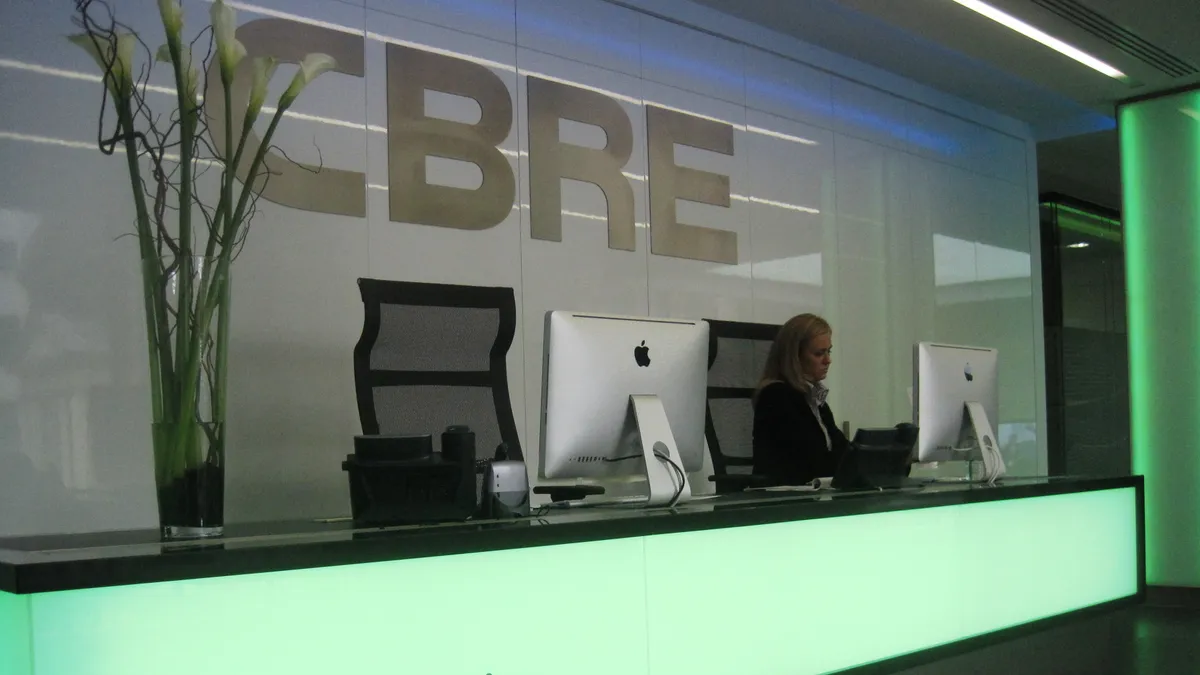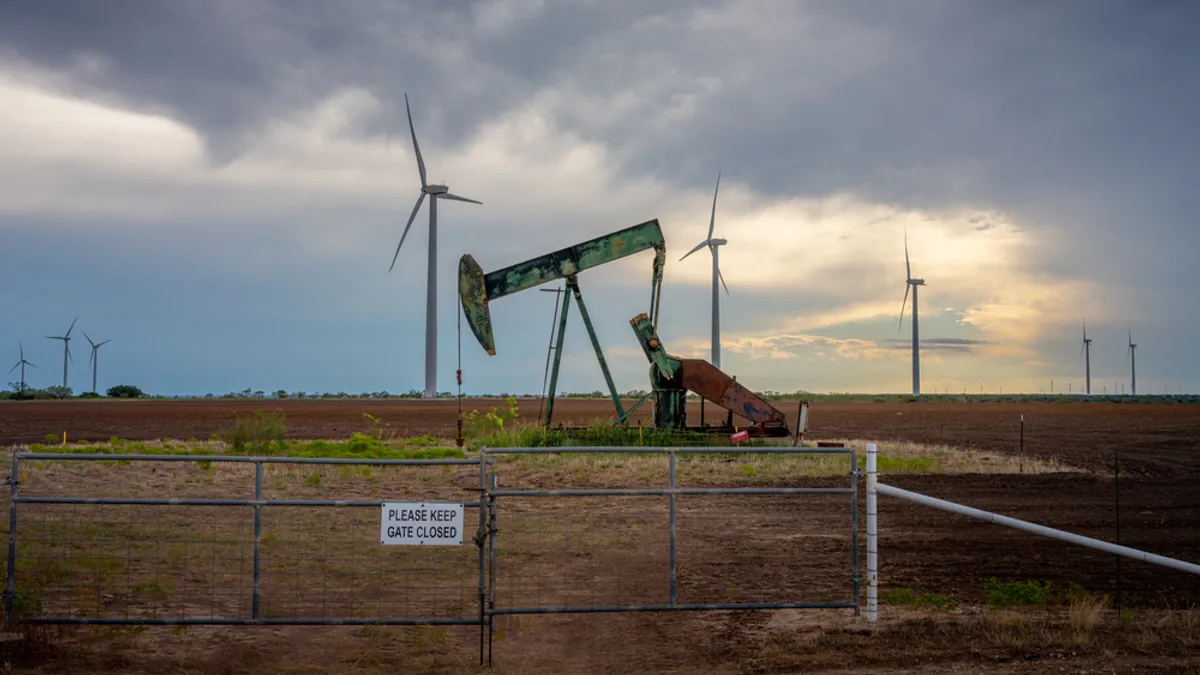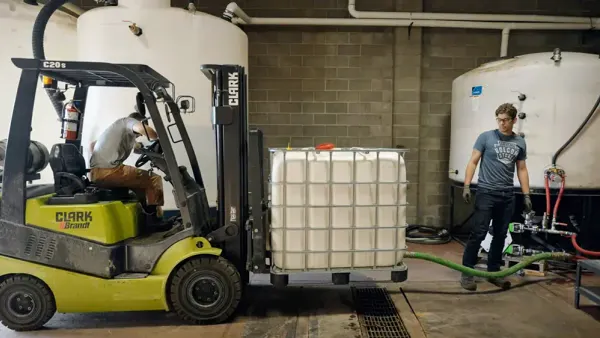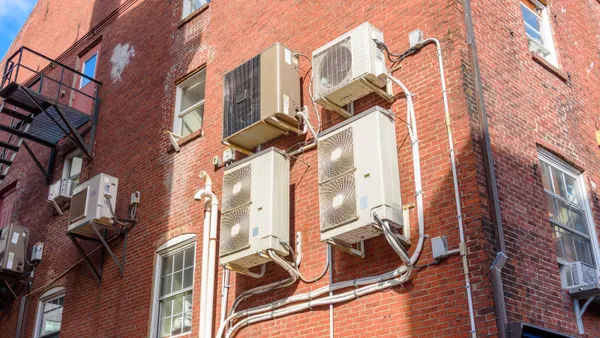Dive Brief:
- CBRE, the world’s largest commercial real estate brokerage firm, has redefined its near-term greenhouse gas emissions targets, while underscoring plans to reach net-zero greenhouse gas emissions across all parts of its business by 2040, according to its climate transition strategy released last week.
- The real estate services firm’s strategy provides a framework for identifying and prioritizing actions to achieve goals validated by the Science Based Targets initiative. CBRE’s near-term 2030 targets now include reducing absolute Scope 1 and 2 emissions for its own operations by 50% and emissions per square foot for properties managed for clients by 55%, compared with a 2019 baseline, the company says.
- In addition to the sustainability actions targeting its own operations, the transition strategy released Dec. 5 intends to drive scope 3 reductions across its supply chain, which includes about 131,000 global suppliers. In 2023, CBRE’s total supply chain GHG emissions increased to about 13% over its 2019 baseline, the company says.
Dive Insight:
The firm’s previous three interim milestones for 2035 included a 68% reduction in scope 1 and 2 emissions from its corporate operations, a 79% decrease in emissions per square foot for buildings managed for occupier clients and a 67% drop in emissions per square foot for buildings managed for landlord and building owner clients, according to its company’s 2023 Corporate Responsibility report, released earlier this year. CBRE reduced its scope 1 and scope 2 carbon emissions in 2023 by 24% from its 2019 baseline, while emissions intensity for buildings it manages for occupiers and building owners or landlords, categorized as scope 3 emissions, dropped 11% and 15% in that time, respectively, the company said.
The company says it has reduced absolute GHG emissions across total Scope 1, 2 and 3 emissions by 18% since 2019 and is on track to achieve its near-term scope 1 and 2 emission reduction targets by 2030. These emissions make up about 0.6% of its total reported emissions, however, with the remaining 99.4%, or 16.8 million metric tons of carbon dioxide equivalent, resulting from scope 3 emissions in 2023, CBRE says in its climate transition strategy.
These scope 3 emissions include emissions from purchased goods and service, investments, employee commuting and other indirect impacts, as well as the use of sold products, which has been updated to reflect conditions where CBRE serves as the property manager with day-to-day oversight of building operations; where the firm has access to building energy use data required to effectively manage and reduce GHG emissions; and contracts including energy management and decarbonization services beyond preventative maintenance.
Emissions from CBRE’s property and facilities management services business accounts for 89.1% of total emissions associated with the firm’s operations and client services. Its property and facilities management services emissions include impacts associated with fleet vehicles to service client properties, in-use operational emissions of buildings managed for clients and procurement of goods and services on their behalf, CBRE says in the strategy document.
“Scope 3 emissions remain our biggest challenge — and an even greater opportunity,” CBRE says in the paper, noting that it can differentiate itself by “meaningfully affecting change in the buildings we manage for clients.” Emissions from properties managed for clients have decreased 19% per square foot since 2019, the firm reported. CBRE attributed this reduction to the positive impact of its property and facilities management services on operational efficiency, as well as client investments in building upgrades and renewable energy.
CBRE’s strategy lays out four pathways to meet net-zero emission targets by 2040 — maximizing resource efficiency, increasing renewable energy, electrifying operations for building systems and vehicles and decarbonizing the supply chain. Each of these pathways points to actions that CBRE will take for its own operations and in its role as the manager of client properties.
Actions within its property and facilities management businesses include maximizing resource efficiency, increasing renewable energy use, electrifying operations and decarbonizing the supply chain. CBRE says this encompasses improving access and quality of building energy data, driving operational improvements through technology and leveraging partnerships to scale energy efficiency improvements. To boost renewable energy use within its property and facilities management businesses, CBRE says it plans to deepen its capabilities and develop a streamlined approach for evaluating distributed energy opportunities. Measures to electrify its operations within the business include EV integration into its vehicle fleet and electrification of building systems that can deliver the greatest emission reductions, it says.
The company also states that it intends to work with suppliers to share reliable GHG emissions data and strengthen sustainable supplier requirements. CBRE notes that over 84% of scope 3 emissions from purchased goods and services emissions are generated by procurement activities that its property and facilities management businesses perform on behalf of clients. In 2023, supply chain GHG emissions categorized as purchased goods and services represented over 30% of CBRE’s total emissions, according to the strategy document.
“Only a small number of global companies have reached this milestone of having both a validated net zero target and a published transition plan to get there. We developed our plan in part to show our clients and suppliers what is possible and what actions will drive progress,” Rob Bernard, chief sustainability officer at CBRE, said in a statement. “Their success in reducing emissions is our success. By simplifying complexity, we are helping accelerate sustainability for ourselves, our clients and the industry at scale.”











